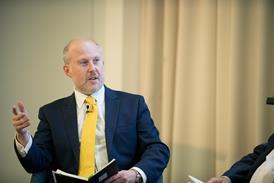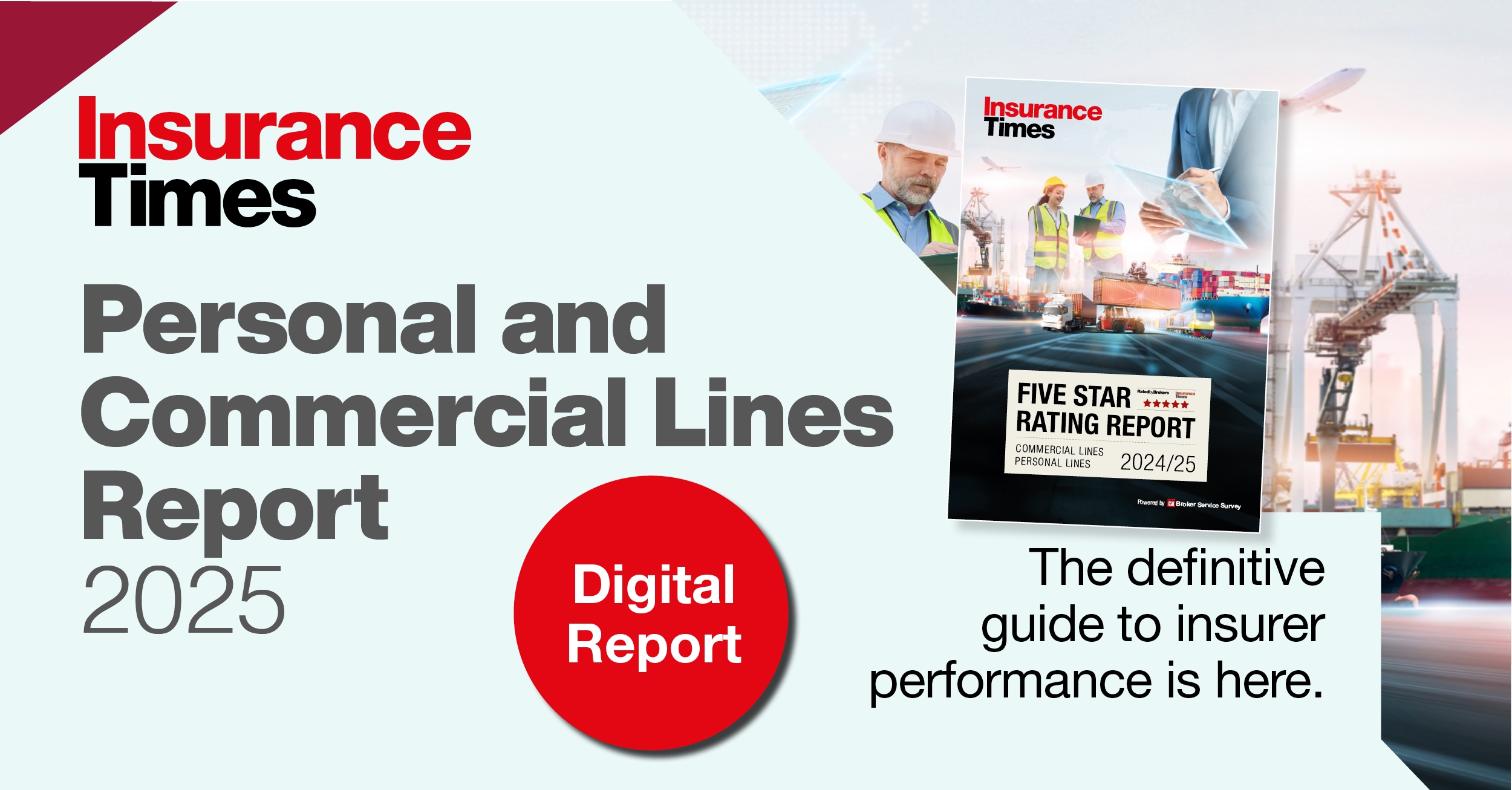‘Granular’ and ‘relevant’ data can create ‘much more qualitative conversation’ between all parties, say experts
Insurance has traditionally been a profession of relationships – both between customers and brokers as well as between brokers and insurers.
It used to be the case that many brokers would rely on experience, in-person meetings and local knowledge to build relationships with carriers and figure out where they could place premium without being told that a certain insurer’s risk appetite had changed.
Recently, however, a number of insurtech companies have been attempting to expedite this process by designing digital methods of matching brokers with insurers, using granular data around capacity, risk appetite and other vital information.
These insurtechs saw that while insurers and brokers were getting business done, the process could be dramatically improved in terms of efficiency and time saving.
Nour Alnuaimi is the founder and chief executive of Upsurance, a digital platform which pairs insurance companies with MGAs and brokers to bind insurance policies.
She said: “Historically, brokers have relied on their own business contacts and market knowledge to decide which risks to place with insurers.”
Insurercore is another platform that acts as a matchmaker between brokers and insurers by allowing capacity providers to clearly advertise their real-time risk appetites, while also enabling brokers to easily search for where they can place clients’ risks.
The service’s founder and managing director, Peter Clarke, added: “It used to be the case that you would need to spend time in the market getting to know everybody, building up a little black book and a hell of a lot of knowledge in your own mind in terms of who does what.
“It was always this process of long market knowledge. The value of a Lloyd’s broker was more than just understanding insurance – it was understanding the market, who they needed to approach and how to find them.”

This traditional method of building relationships, which emphasises human connections, can cause frustration for brokers, however - especially new entrants to the market that do not have the necessary experience or contacts.
Alnuaimi explained that there were two major problems to consider – the excessively manual nature of making connections, as well as changes in insurers’ risk appetite not being communicated to brokers.
Connecting via ‘shop windows’
Solving these problems around the insurance sector’s traditional approach to networking and doing business required innovators to notice that data could be used to matchmake brokers and insurers more efficiently.
Ashwin Mistry, non-executive director at matchmaking service Broker Insights, told Insurance Times: “Data was always going to become the new oil at some point – over the last five or six years, this journey has really taken off.
“If an insurer can pinpoint exactly what they want from brokers in terms of business lines and risk through data, the value in efficiency and time saved is astronomical.”
Mistry explained that this new “shop window” model created by insurtechs offers “a much more qualitative conversation among all the parties on the insurance contract” by providing easy access to all the necessary information.
Alnuaimi added that she developed Upsurance because there was a “clear desire from brokers and capacity providers to improve the efficiency and effectiveness” of conducting business.
She explained: “Brokers told us their presentations to insurers by email would be lost before they were even logged. Insurers told us of their frustrations with brokers that presented totally inappropriate risks which still needed to [be] triaged and logged.”
Matchmaking methods
When he first entered the insurance sector as an underwriter, Clarke created his own spreadsheet, detailing everything he needed to know about the brokers he worked with.
Very quickly, he noticed that every underwriter was keen to have a look through his basic directory.
“Everybody wanted it,” he explained. “So I came up with Insurercore, which in its simplest format is a directory of risk appetite.”
Insurercore allows brokers to search for underwriters, MGAs or wholesale brokers, defining search terms based on product type and market, for example. Users can also filter searches by rate and capacity.
However, Clarke stopped short of making his platform somewhere where cover could be placed.
He explained: “The insurance market is a relationship business, so we drew the line at being a placing platform. We’re slightly different as we are a professional networking platform.”
Upsurance also allows for brokers and insurers to team up more efficiently using data submitted by both brokers and insurers. Alnuaimi explained: “The principal advantage for all users of our marketplace is the ability to match risk and opportunity on a granular basis at speed, while enriching the risk with relevant data.
“Given insurer appetites vary significantly for the same product lines, it’s simply not enough to be able to say this insurer will underwrite a hotel. Being able to filter for a property owner with a sum insured between £5m and £10m with a flat roof, for example, means product providers will only be shown cases they want to underwrite.”
Mistry added that a major advantage of Broker Insights was its capacity to allow those in the insurance sector to prepare for renewals.
He explained: “This platform tells me how much you spent last year, the risk you’re presenting me and that your renewal date is the 23 June, for example.
“That means I can contact you in March and April and prepare for that one moment where I offer a quote. That’s so much more efficient because using data, I’ve already identified that this is the exact business I want.”
Engagement with these platforms additionally confirms the demand from brokers for connecting with insurers digitally. Broker Insights, for example, currently works with eight insurer partners to reach 460 broker offices in the UK. Around £1.2bn of gross written premium is discussed through the platform.
Data is the future
The Covid-19 pandemic has accelerated digital transformation across many aspects of everyday lives – from working at home via technology to ordering medication online.
Research published in May 2021 by global management consultancy McKinsey and Company found that insurance organisations’ overall adoption of digital technologies had sped up by between three and seven years as a result of the pandemic.
This slide towards digital services has also accelerated the adoption of more digitised methods of matchmaking, said Clarke.
“The traditional model worked well until lockdown, but then things needed to change,” he explained.
Mistry agreed. He said: “The days of insurers employing account executives to visit offices, present risks and ask questions about your golf handicap are gone.
“It’s now much more business centric – I want your business and you want to deal with me, I know your renewal date and that you’ve got the customers I want. So, I can target them much more cost effectively and give you the best price.”
Technology is no panacea however – matchmaking technology serves best as a facilitator of relationships, or as a tool for doing business.
Mistry said: “Data enrichment is going to provide the tools, but businesses still have to make their own decisions. This technology is an enabler, not a solution.”












































No comments yet